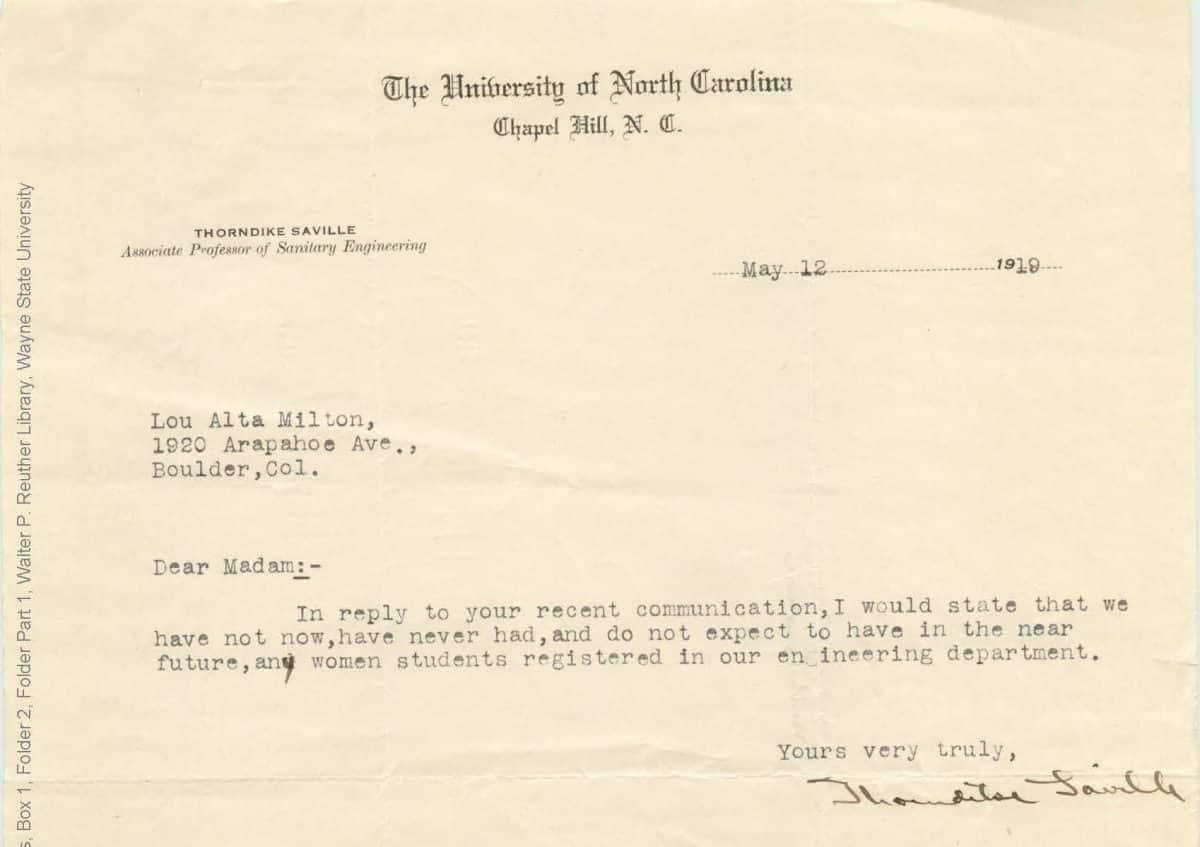
During the 1920s, and for a long time after this, women who studied engineering at university were treated as "invaders" (Bix 2004) due to how scarce and uncommon they were. At the time, they made up less than 1% of all people in the field. Engineering was entirely considered as a male activity, and the thought of women's participation in it sounded absurd. However, the few women that did participate ignored societal expectations in a powerful manner, and soon, this number of brave women would grow.

In 1919, the same year that women gained the right to vote in the United States, 7 British women founded the Women's Engineering Society. Katherine Parsons, Rachel Parsons, Eleanor Shelley-Rolls, Margaret Rowbotham, Laura Annie Willson, Janetta Mary Ornsby, and Margaret Moir were inspired by the training and employment of many women in technical and engineering work during World War I. The society's aim was to enable women to gain training, jobs, and acceptance in the field of engineering amidst a time in which they were told that they needed to leave it. Since men had returned from the war, there was the notion that women were overstaying their welcome.

In 1950, women engineers and engineering students from around the United States united to form the Society of Women Engineers to inspire women and help them break through barriers facing their entrance into STEM at the time ("75th Anniversary Key Theme - Building a Legacy - Society of Women Engineers" 2024). The women of this organization encouraged countless young girls to pursue engineering through outreach efforts in elementary schools and high schools, where they learned about career options that had, for a long time, been reserved for men.

The Society of Women Engineers worked to break down stereotypes about women in technical fields and promote inclusive environments, which encouraged women to join the field who would have otherwise felt unwelcomed. Many members of the society were the first women to have earned a degree in engineering from their respective universities.
